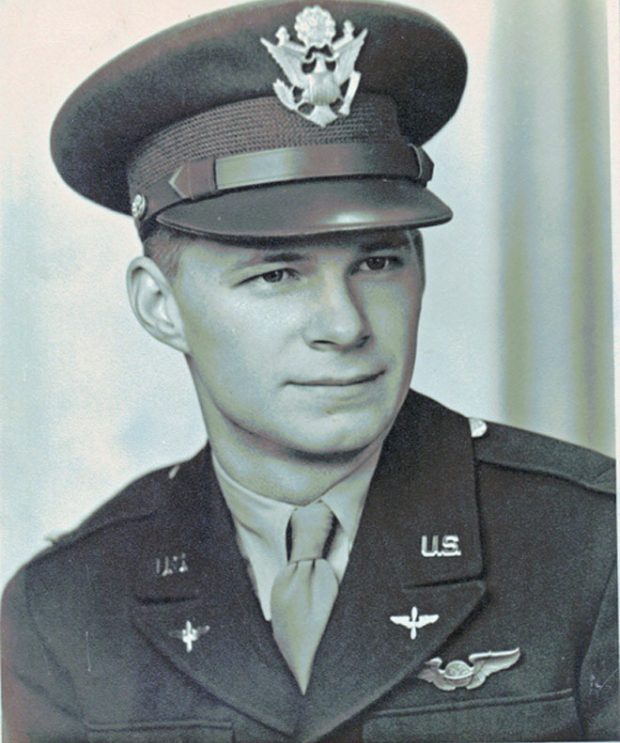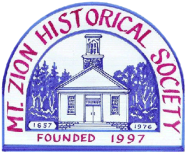Remembering
1st Lieutenant Robert Philip Anderson (1922-1990)


8th Army Air Force, WWII - Europe, B17 Navigator, DFC, Purple Heart, POW

Remembering - 1st Lieutenant Robert Philip Anderson - MZHS "Hero of Air Power"
Lt Robert P Anderson, son of Peter and Amanda Anderson of Force and a 1940 Weedville High School grad, enlisted in 1942 in the Army Air Forces at 20 years of age. After training, he was awarded his silver navigator’s wings, and around May 1943 was assigned to the 8th Army Air Forces B17s (379th Bomb Group, 525th Bomb Squadron) at Kimbolton Airfield, Huntingdonshire, England.
On many missions the crew made it back with their plane severely damaged and with engines knocked out. One such mission was on the B17 (aka “Battlin’ Bobbie”) in August 17, 1943, with Bob as navigator. This mission was an AP heroic American news story about combat flights over Europe during the first Schweinfurt mission. While downing 3 enemy aircraft, being attacked, and losing 2 engines itself, the “Battlin’ Bobbie” finally returned to England, almost 1200 miles, at a dangerously low 3000 foot altitude with Bob as navigator and the bombardier directing the flight through various landmarks and flak. On the return trip their bombs were still on board and loaded, but couldn’t be released due to flak damage. A crew member entered the bomb bay and pried the bombs loose with a screwdriver one by one. It surely was a heroic mission all around.
On October 14, 1943, he was on his 18th mission. This 2nd Schweinfurt Mission, also known as “Black Thursday”, known as one of the greatest air battles of WW2. Bob’s B17 (aka “Bad News”) was shot down and he became one of the 594 POWs captured by the Germans. Bob was wounded by flak, but his co-pilot was killed by the same flak. The crew bailed out, but before he jumped Bob helped a wounded crew member make his jump. As a parachute survivor, Bob was now a member in the “Caterpillar Club”.
After POW interrogation at the Dulag Luft near Frankfurt, Lt Bob Anderson ended up in the German POW camp for Air Crew officers, called Stalag Luft 3 (the South Compound), in Sagan-Silesia, now Poland, southeast of Berlin. Compared to other POW camps this one (known as the “Great Escape” movie prison camp) was a relatively civilized one where Bob was treated for wounds and infections, and was even able to learn a little Spanish. But it was still a prison camp and not a good experience.
On January 27, 1945, as the Russians approached, the POWs were marched out of camp in a blizzard and via cattle car train to Stalag VIIA at Moosburg in Bavaria. Finally on April 29, 1945 Patton’s Armored Division arrived to liberate these POWs. After 19 POW months, Bob was on his way home by January 1946. Bob graduated from college in Philadelphia, and enjoyed his remaining years with wife Twila and family. Bob passed away in January 1990, and was buried in the Lakelawn Memorial Park in Reynoldsville.
Robert was awarded the Distinguished Flying Cross, the Purple Heart, a Distinguished Unit Citation, and a POW Medal among other campaign ribbons. He is now being honored for his heroic service by the Mt Zion Historical Society with their other “Heroes of Air Power”.
“Lest we Forget…”
